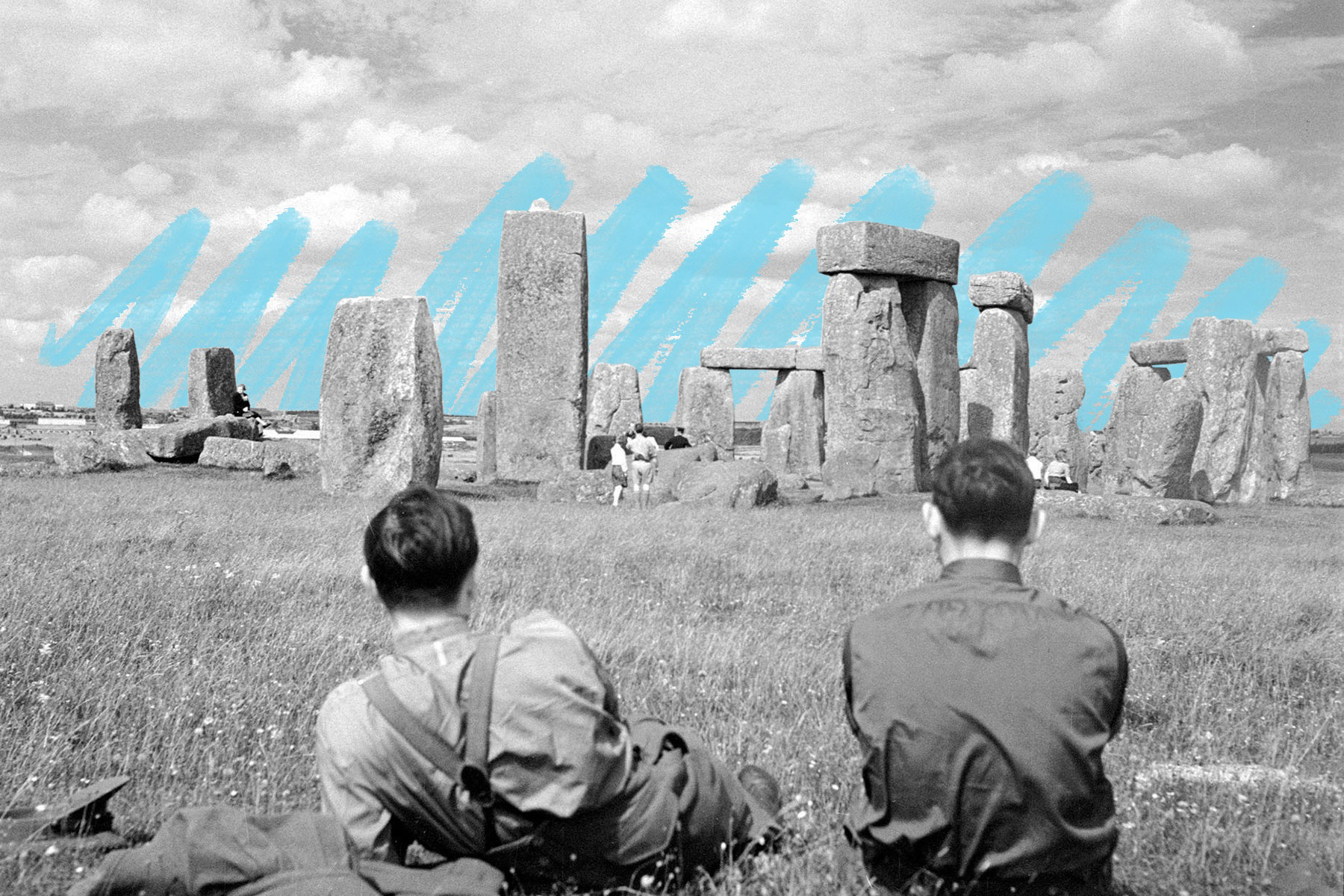Stonehenge was bought at auction in 1915.
Stonehenge has been a UNESCO World Heritage Site since 1986, but back in 1915 it was privately owned by one man — a barrister named Cecil Chubb, who purchased the prehistoric monument at an auction for £6,600 (more than $1 million in modern U.S. currency). Stonehenge had been privately owned since the reign of Henry VIII, passing from one wealthy proprietor to the next. According to popular legend, Chubb purchased the monument as an unusually extravagant gift for his wife, who purportedly sent him to bid on a set of curtains and got more than she bargained for when he instead returned with one of the most famous structures in the world.
The more likely reason for the purchase is that Chubb, hearing that an American was interested in buying and relocating the monument, wanted to ensure that the iconic landmark remained in the possession of locals. In fact, in 1918, Chubb donated Stonehenge to the British public. In recognition of this generous gift, Prime Minister David Lloyd George elevated Chubb to the level of nobility, and he became Sir Cecil Chubb, First Baronet of Stonehenge. The Neolithic monument is now owned by the British monarch and managed by English Heritage, which charges tourists a small fee to visit. Locals, as Chubb insisted over a century ago, still get in for free.







